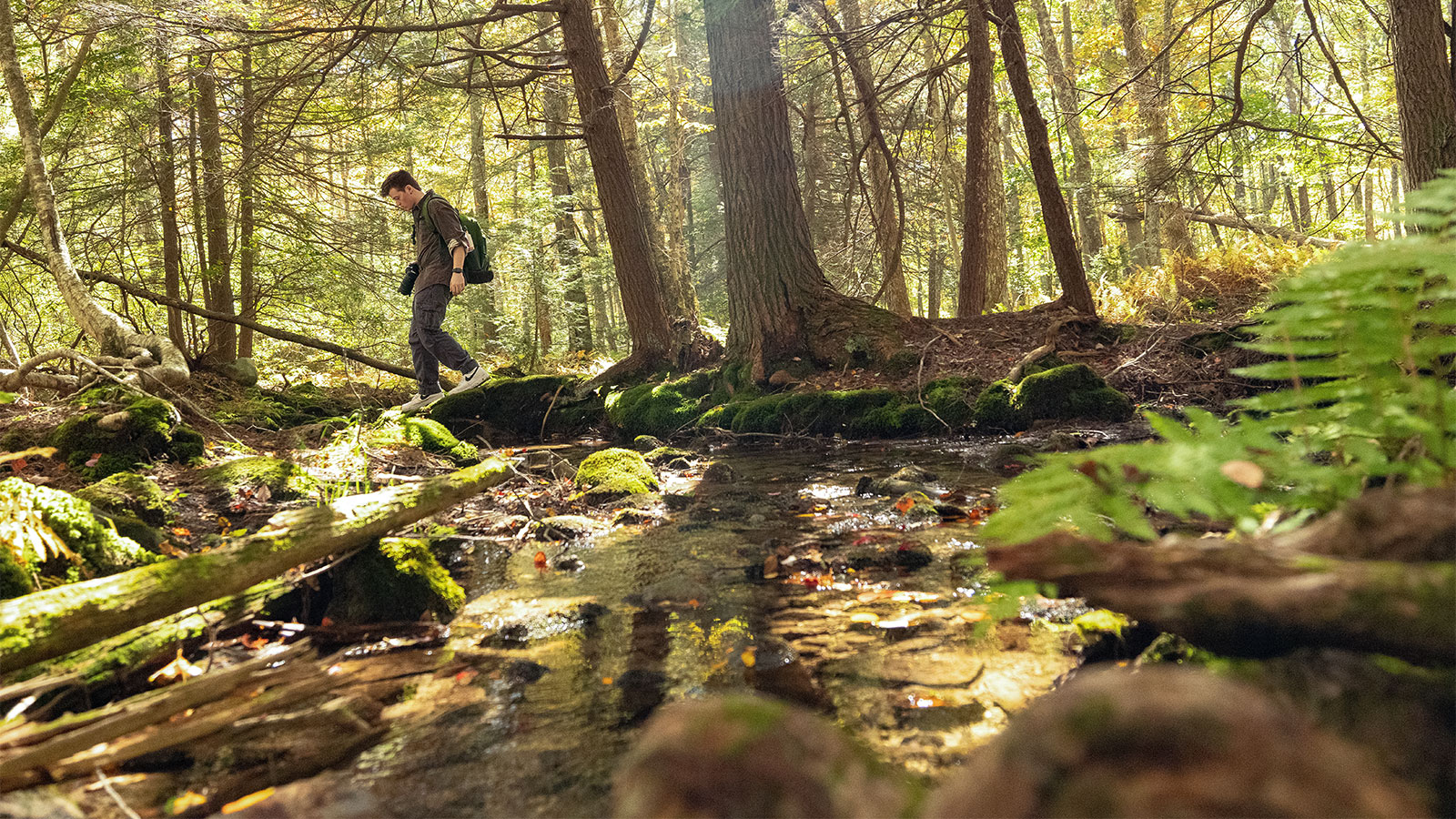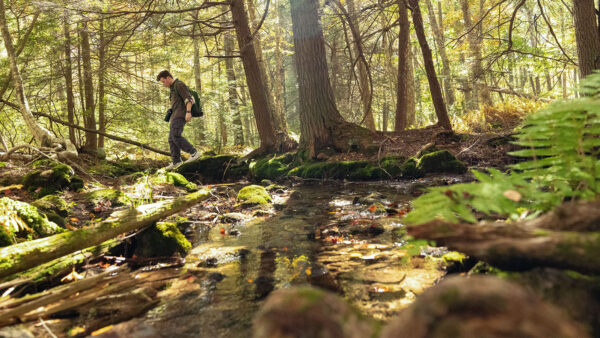Because Being Safe Means You’ll Have More Fun
Diving into the water at a swimming hole, hopping on a paddleboard at a local park or navigating rivers in a kayak. The crisp coolness of water on your skin is the highlight of weekends for many.
But do you know what to do when you find yourself or someone else caught in an undercurrent? What about your swimsuit — have you thought about the safest colors to wear?
These tips will help you enjoy your time in the water in spring, summer and fall.
Personal Flotation Devices
No matter your expertise level when it comes to swimming, you should always wear a personal flotation device, especially when it’s required (find your state requirements here).
“According to the Center for Disease Control and Prevention, drowning is the leading cause of death in children,” says Grace Guerrier, MD, a primary care doctor at Geisinger. “But it can happen to an adult at any time, especially in certain conditions.”
It only takes a moment for an undercurrent to pull you under, or for your child to get suddenly too tired to swim.
Wearing a personal flotation device gives you security that can help save your life. Make sure you’re wearing a life jacket that’s approved for your weight and size and that’s appropriate for your water activity. Bonus points for one with neon colors for visibility.
“Also, you should never swim alone. Make sure you’re with other people who can toss you an extra flotation device if you need it,” says Dr. Guerrier.
Invest in Swimming Lessons
Swimming lessons are a great investment if you’re taking the kids on the lake. This will build their confidence in the water and allow them to really enjoy their time with you.
“And if you feel like you could brush up on your swimming skills, look into adult swimming lessons at a local pool or gym near you. You can also ask a friend or family member to help teach you to swim,” says Dr. Guerrier. “But remember that swimming skills aren’t a replacement for that flotation device.”
Choose Your Swimsuit Wisely
When it comes to natural bodies of water, your swimsuit color matters. Certain colors have higher visibility in moving water, which can help you spot your child swimming under water or help boaters see you swimming in a lake.
“A white bathing suit might look great on you, but it’s nearly invisible in natural water,” says Dr. Guerrier. “Whites, blacks, grays and blues are all hard to see, especially in moving water.”
The best colors to wear are bright colors — think neon. They’re consistently the most visible in any type of water. And with children wandering and playing games, you’ll be happy to quickly spot their bathing suit color above and below water.
Remember those bonus points for wearing a neon-colored life jacket? That can come in handy here too if you don’t have a neon swimsuit handy.
Don’t Drink the Water
From tummy issues to (rare but scary) bacteria and amoebas, natural water can sometimes make you sick.
If you’re swimming in an area where the water is warmer, you might want to consider wearing a nose clip or even holding your nose closed when you go underwater.
“This is especially true if you’re kicking around and stirring up the dirt, where a very rare but potentially life-threating amoeba may be living,” says Dr. Guerrier. “While risk for coming into contact with deadly bacteria is low, you should still always practice caution.”
You’ll also want to avoid swimming if you have any cuts or scrapes that haven’t healed to avoid infection. And remember that flowing water isn’t filtered water, but you can buy filtering straws or even filtering water bottles so that you can safely get a drink when you need one.
Following these tips will help you enjoy your time on and in the water, but if you find that you need care or treatment for a water-related illness or injury, you can visit a Geisinger emergency room or ConvenientCare walk-in clinic.



























